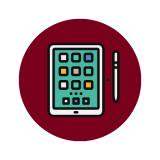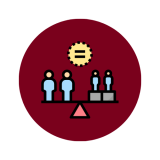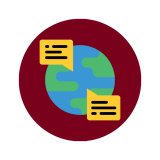Bringing all young children’s assets into focus through rigorous research, equity-centered design, and community-engagement

What are IGDIs?
Individual Growth and Development Indicators (IGDIs) are measures of early language and literacy designed for use with preschool children. They were designed to be fun for children to complete, and easy for educators to use. IGDIs are designed from an equity-based lens, have extensive evidence of psychometric rigor, are instructionally-relevant and are available in Spanish, English, and will be available soon in Hmong.
IGDI Lab’s Approach to Research
In our lab, we research, develop, validate, and apply IGDIs to support data-based decision making by educators, early childhood professionals, parents, and others to help improve early childhood outcomes. In addition to a strong foundation in psychometric research, we also leverage technology to quickly design, test, and refine assessments. This technology infrastructure allows us to test new assessment content quickly and at a lower cost.
Current Priorities
Innovation & Utility
Leveraging technology to improve efficiency of assessment and intervention

Innovation & Utility
Leveraging technology to improve efficiency of assessment and intervention

Equity-Centered Design
Building tools that are designed from an equity-centered framework from initial concept to scale

Equity-Centered Design
Building tools that are designed from an equity-centered framework from initial concept to scale

Multilingual Resources
Developing tools in a variety of languages to support children’s experiences

Multilingual Resources
Developing tools in a variety of languages to support children’s experiences

